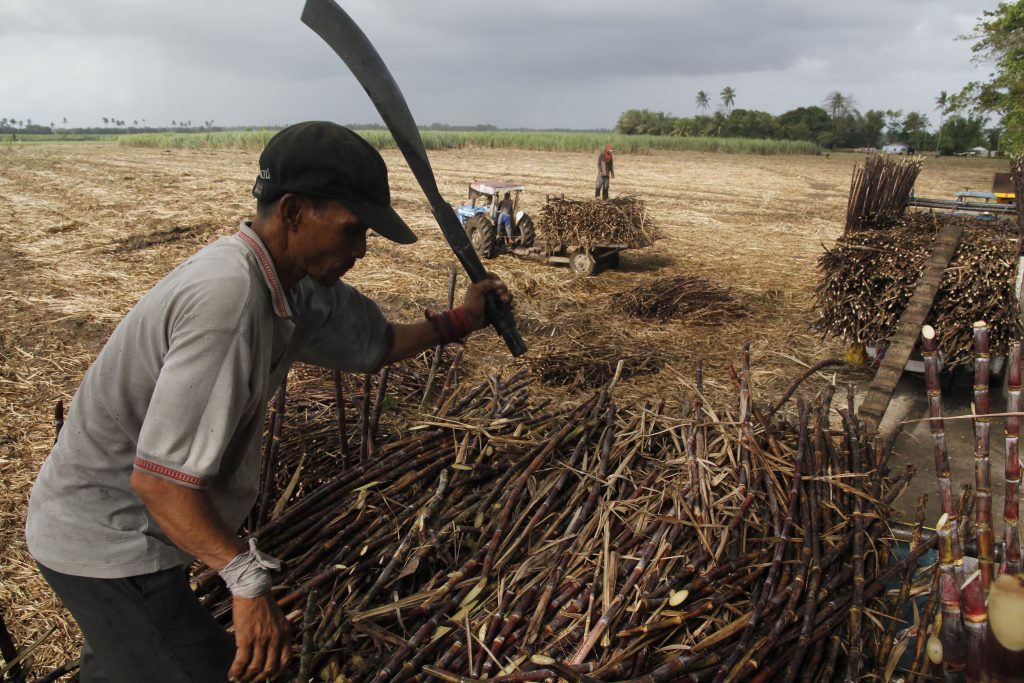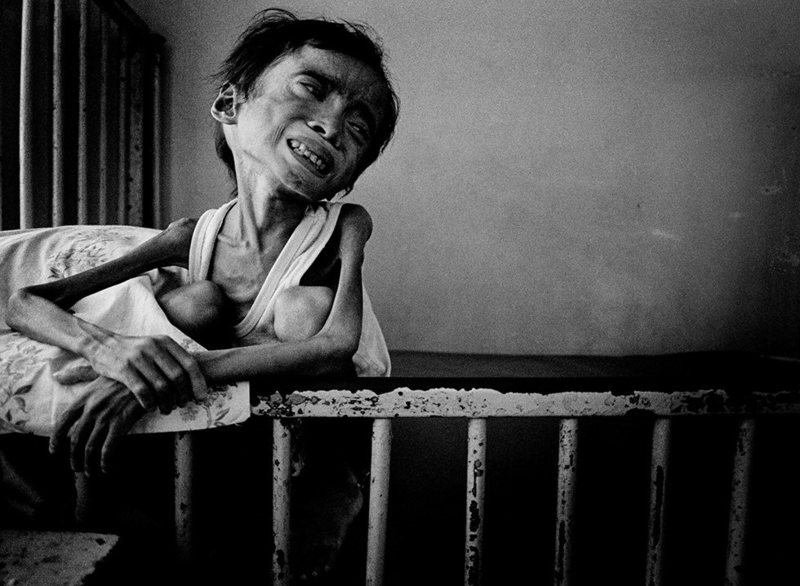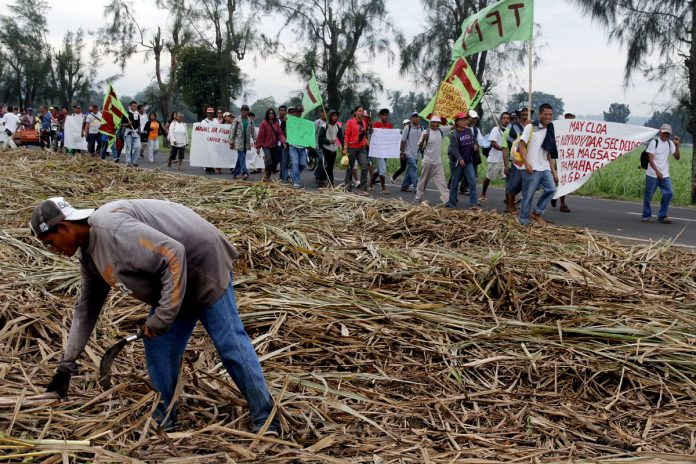“Hunger knows no colors!”
It was hard to keep a straight face watching Philippine Constabulary and Army officers cringe before the tall, robust man with the booming voice.
It was early in 1985 at the outskirts of Kabankalan town, Negros Occidental, a central Philippine province. For the umpteenth time the late Bacolod Bishop Antonio Fortich had raced in to prevent bloodshed between striking field hands and their supporters on one hand and, on the other, sugar plantation owners and soldiers and paramilitary troops who acted more like mercenary gangs.
Fortich was not the only cleric wading into ponds of rage that threatened to swamp Negros in the last years of the Marcos dictatorship. Under Vatican II, the Church of the Poor had poured resources and talent to ease the fault of inequity spread across the lush, volcanic earth of the country’s fourth largest island.
Priests, nuns and lay workers often came under fire as they fed and ministered agricultural workers on picket lines. Some, like Luis Jalandoni and Coni Ledesma and Frank Fernandez, went underground to emerge as leading figures of the outlawed National Democratic Front.
Roots of unrest
A system of injustice had propped up the elite of Negros’ monocrop economy for more than a century. Long before Ferdinand Marcos declared martial law in 1972, generations of sugar workers had borne the yoke of tyranny.
A sugar quota system that guaranteed markets pampered the hacenderos, breeding complacency and inefficiency. They lived in sprawling houses or mansions that needed armies of help. With every harvest, they showed off the latest models of luxury vehicles and staged grand balls.
On the other side of the divide were farm workers or sakada who toiled under brutal conditions. At harvest, they separated the tall, hard stalks from the sharp leaves that cut hands, arms, and even torsos, and then shouldered loads up wooden ramps or ladders onto trucks.
“Farm worker” is a euphemism.
The sakada were practically serfs, their work and even life milestones controlled by masters and overseers.
Migrant workers, who left families behind to follow jobs, were paid in scrip. With this, they bought basic needs from the owner’s cantina, at highly inflated prices. After debts and expenses, there has hardly any left to send home.
Even longtime “regular” field hands, were not paid daily wages then. Most earned via a piecemeal system, for every ton of cane loaded onto the trucks.
It was a pittance. To stave off starvation, even children had to work. Still, there was nothing left over to shield families from tiempo muerto or the dead season, when work stopped as planted cane matured. Year after year, their debts grew bigger.

Collapse
After the US sugar quota ended in 1974, Marcos appointed cronies to head a state-owned marketing and trading monopoly.
They robbed sugar planters, taking advantage of fluctuating global prices and drowning landowners in debt. That, coupled with centuries of irresponsible lifestyles, and a feudal system that reserved land only for the rich, led to the collapse of the island’s economy.
On Negros’ vast plains, man – not nature – ushered in famine. Almost 200,000 workers lost their jobs. Hacienda owners, facing bankruptcy, fled to the safety of cities, abandoning families that had served them for generations.
Unemployed workers on paper enjoyed some social amelioration. Those who actually received this were the exception. Corrupt officials had siphoned off funds to personal coffers or to bankroll the extravagant habits of the dictator’s family.
Farm labor flooded the cities to scrabble for work but there was little to be had.
In trickles, and then streams of misery, children began arriving in hospitals with swollen bellies, stick limbs, and eyes that drooped or stared sightless from pain. Some were too weak to talk; many could not walk.
Starvation
A child named Joel Abong appeared on the front pages of newspapers and the covers of magazine. I covered his last days.
Joel had pneumonia and tuberculosis. He was brought in with bones so brittle doctors had to wrap padding around his limbs.
Joel’s body was the size of a baby. Stringy hair the yellow-brown of severe malnutrition lay limp on a head that seemed grotesquely big. A rattling sound accompanied every breath.
His father was one of those who had fled the cane fields. On an island where people joked about shoveling money from the ground, Joel’s family had literally starved.
My mother headed that hospital’s pediatric department. She came home every night in a silent rage. Some nights she could hardly eat; food was a reminder of her patients.

Doctors couldn’t save Joel. He was not alone.
I had practically camped out by the pediatric ward. I saw nurses take their breaks in a shaded patio, heads down, brushing off tears, before going back again to battle death.
In August 1985, ten percent of Negros’ children were suffering third-degree malnutrition, according to Dr. Violeta Gonzaga of La Salle College, Bacolod. Just a month before, the UNICEF placed the figure at eight percent.
A month after these figures came out, thousands of workers, professionals, students, the urban poor and church people marched for days from points north and south of the capital, Bacolod.
A regime weakened by internal rot and a growing protest movement was at its most dangerous. In Escalante, three hours away from Bacolod, a warlord’s henchmen opened fire on unarmed rallysts, killing 20, including students, and wounding 30 others.
Less than six months after, Filipinos again braved guns and a tyrant finally toppled off his pedestal.
Inday Espina-Varona is an award-winning journalist in the Philippines. She is a recipient of the “Prize for Independence” of the Reporters Without Borders in 2018. The views expressed in this article are the opinions of the author and do not necessarily reflect the editorial stance of LiCAS.news.









